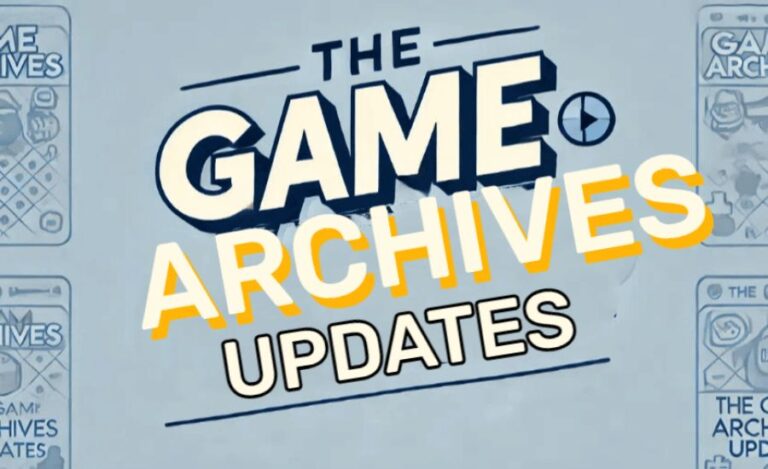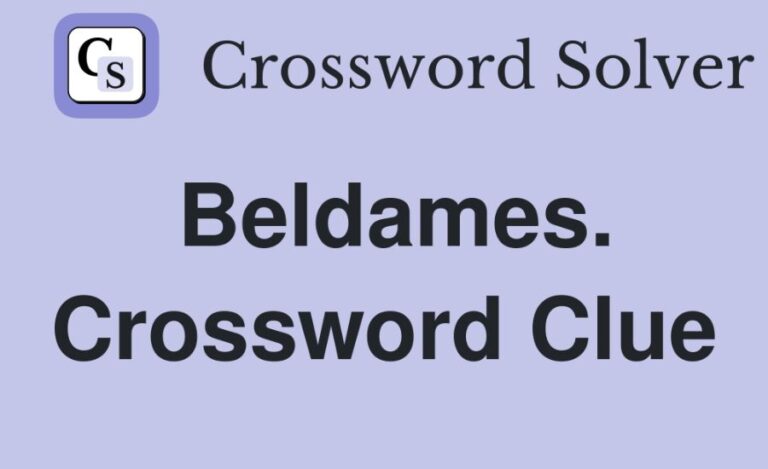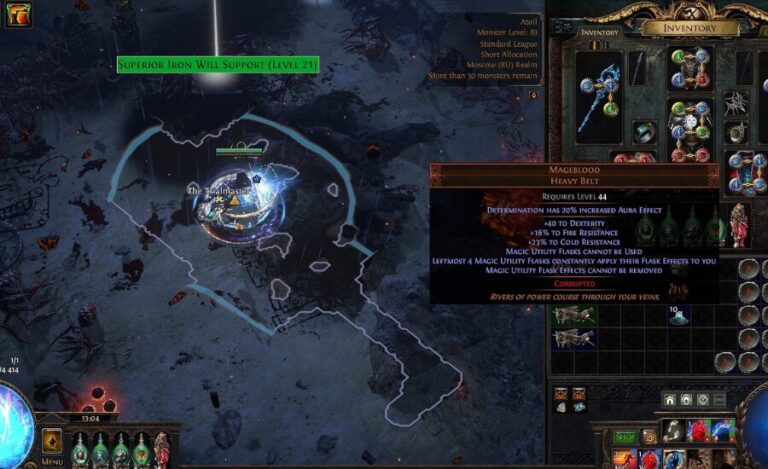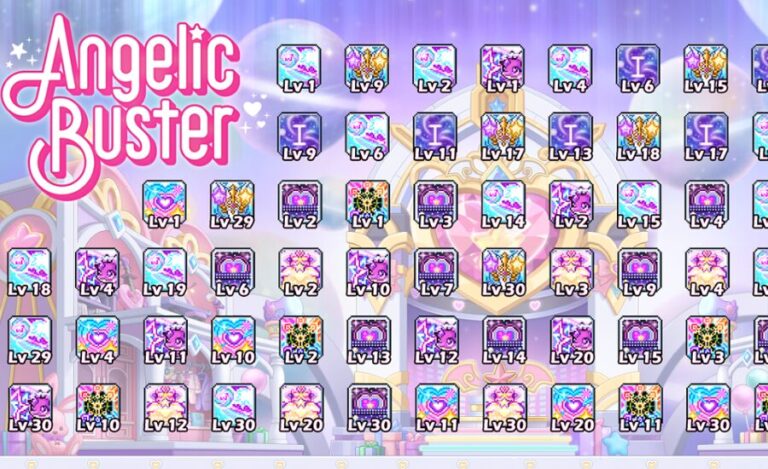Joyous Laughter Nyt Crossword Clue Psychological Benefits, Cultural Depictions, & More
Introduction

In a world progressively described by pressure and vulnerability, the immortal insight of “laughter is a pain killer with no side effects” holds significant truth. Upbeat chuckling, with its infectious and inspiring nature, accomplishes something beyond ease up the state of mind; it significantly influences our psychological, physical, and social prosperity. This article digs into the heap advantages of glad chuckling from different perspectives — mental, social, and physical — while additionally offering bits of knowledge into how this general experience frequently finds its direction into the New York Times (NYT) crossword puzzles.
The Power of Joyous Laughter
Blissful giggling rises above social and semantic obstructions, going about as an all inclusive language that joins individuals from different foundations. At the point when we share a loud snicker, we cultivate a feeling of local area and reinforce relational bonds such that couple of different encounters would be able. This collective part of giggling upgrades our social connections as well as brings a feeling of having a place and common comprehension.
Psychological Benefits of Joyous Laughter
The emotional well-being advantages of upbeat giggling are proven and factual and diverse. At the point when we giggle, our cerebrums discharge endorphins, the body’s regular inspirational synthetic substances. This flood of endorphins makes a quick state of mind support as well as lightens pressure and uneasiness. Giggling goes about as a characteristic cure to the tensions of day to day existence, offering a rest from the drudgery of routine difficulties.
Besides, giggling assumes a urgent part in improving our close to home flexibility. Individuals who embrace humor and chuckling will more often than not adapt better to life’s troubles, keeping an uplifting perspective regardless of misfortunes. By incorporating more giggling into our lives, we sustain our psychological prosperity and invigorate our spirits against the preliminaries of ordinary presence.
Physical Benefits of Joyous Laughter
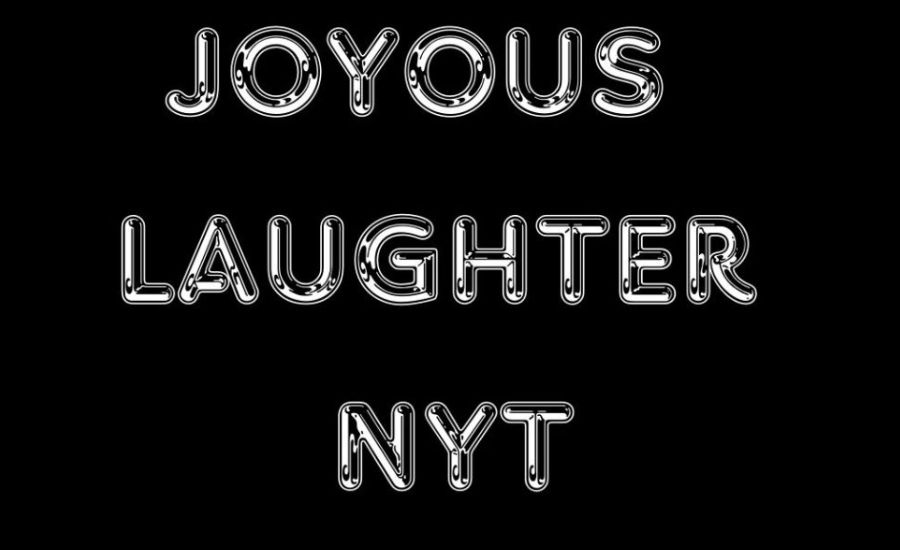
On the actual front, happy chuckling capabilities as a scaled down exercise for the body. It draws in a few muscle gatherings, remembering those for the face and center, while further developing blood flow. This actual commitment brings about an impermanent expansion in pulse, which adds to better cardiovascular wellbeing. Over the long haul, normal episodes of veritable chuckling might decrease the gamble of coronary illness, making giggling agreeable as well as gainful for long haul wellbeing.
Also, chuckling has been displayed to upgrade invulnerable framework capability. It builds the creation of antibodies and enacts safe cells, supporting our body’s guards against diseases. By integrating chuckling into our everyday schedules, we support our general wellbeing and improve our capacity to oppose different infections.
Decoding the NYT Crossword Clue: Joyous Laughter
For crossword fans, the hint “cheerful chuckling” in the New York Times can be both a magnificent test and a wellspring of motivation. This expression frequently focuses to words that summon satisfaction and gaiety, for example, “snicker,” “laugh,” or even “hearty chuckle.” Crossword bewilders as often as possible play with language, utilizing equivalents or fun loving depictions to lead solvers toward the response.
Understanding the setting is key while handling these signs. Crossword baffles frequently integrate pleasantry and plays on words, so considering new ideas can uncover unforeseen responses. For example, signs connected with blissful giggling could utilize imaginative language to allude to words or expressions that convey humor and joy.
Understanding the Joyous Laughter NYT
With regards to the New York Times, cheerful chuckling represents something other than a momentary sound; it addresses a more profound social and close to home reverberation. This expression embodies snapshots of real euphoria and shared bliss, welcoming us to stop and value the basic joys of life. Whether through perky chat or sincere associations, happy chuckling epitomizes the quintessence of human experience and social articulation.
The NYT crossword perplexes frequently mirror this social importance, involving signs connected with euphoric chuckling to draw in solvers in a cheerful yet significant way. By integrating humor into the riddles, the NYT recognizes the significant effect of giggling on our lives and urges perusers to embrace the delight it brings.
Psychological Benefits of Joyous Laughter NYT
Upbeat giggling fills in as a strong mental tonic, offering various mental advantages. By lessening pressure chemicals and helping endorphin levels, chuckling advances unwinding and profound prosperity. It makes a characteristic state of mind lift, causing life’s difficulties to feel more reasonable and upgrading in general psychological well-being.
Besides, imparting chuckling to companions and friends and family reinforces social securities and cultivates a feeling of local area. These common snapshots of satisfaction make enduring recollections and add to close to home versatility. Embracing humor and chuckling enhances our own connections as well as assists us with exploring life’s high points and low points with an inspirational perspective.
Cultural Depictions of Joyous Laughter NYT
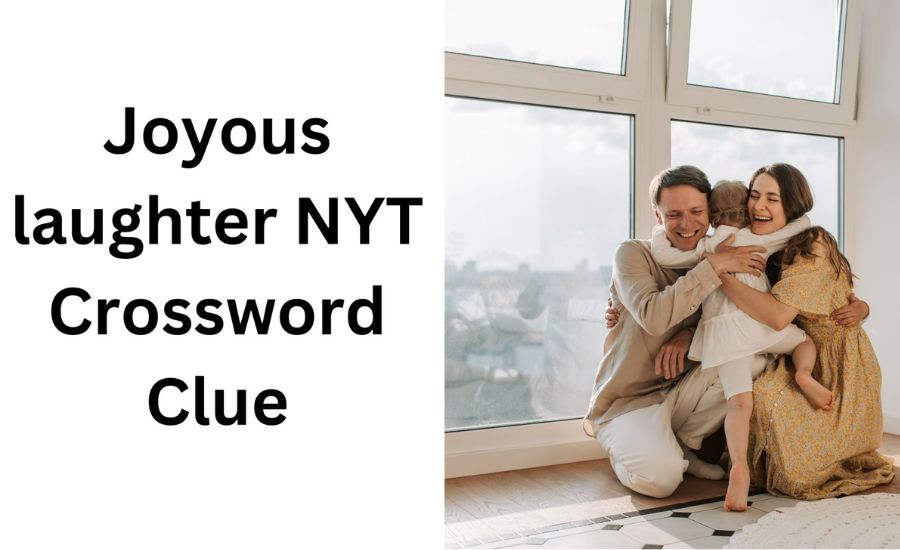
Upbeat chuckling has been a conspicuous topic in different social stories over the entire course of time. In writing, movies, and workmanship, chuckling frequently represents shared bliss and solidarity. Characters who chuckle together fashion further associations, featuring the significance of humor in human connections.
Imaginative portrayals of chuckling uncover its immortal and widespread allure. Compositions and figures catching blissful minutes advise us that chuckling rises above time and culture, filling in as an image of human association and shared happiness. Indeed, even music embraces the subject of chuckling, with tunes praising bliss and lighthearted minutes through verses and songs.
The Appeal of Joyous Laughter NYT
The allure of cheerful giggling lies in its capacity to make moment associations and cultivate a feeling of warmth. Whether it’s a loud laugh with companions or a common chuckle at a satire show, these minutes upgrade our social collaborations and add to paramount encounters. The irresistible idea of giggling frequently changes standard social affairs into cheerful events.
With regards to NYT crossword puzzles, cheerful giggling adds a layer of perkiness and delight. Addressing hints connected with chuckling welcomes players to embrace mind and humor while participating in scholarly difficulties. The mix of humor and puzzle-tackling makes a brilliant encounter that makes players want more and more.
Why Play Joyous Laughter NYT
Playing the Blissful Giggling NYT crossword can be a wellspring of imagination and temperament improvement. Drawing in with puzzles frequently prompts unconstrained eruptions of giggling, making a cheerful climate that cultivates association and pleasure. Chuckling is infectious, making puzzle-tackling a great method for holding with companions or family.
Also, handling crossword signs connected with chuckling invigorates mental spryness and critical thinking abilities. The fun loving nature of these riddles urges players to think inventively and embrace humor. By submerging ourselves in wit and clever signs, we upgrade both our mental capacities and our ability for delight.
Tips for Joyous Laughter NYT
To integrate more glad giggling into your life, think about the accompanying tips:
- Embrace Immediacy: Take part in exercises that normally flash delight and chuckling. Assemble companions for a game evening, watch a satire show, or essentially partake in an entertaining film together. Unforeseen minutes frequently lead to authentic giggling.
- Practice Care: Being available at the time can upgrade your capacity to track down humor in regular circumstances. Focus on the easily overlooked details around you — an entertaining sign, a senseless pet way of behaving — these can be wellsprings of unadulterated enjoyment.
- Share Jokes and Stories: Associate with friends and family by trading happy stories or images that make you laugh. Sharing humor makes enduring bonds and elevating encounters.
Hints to Solve Joyous Laughter NYT Crossword Clue
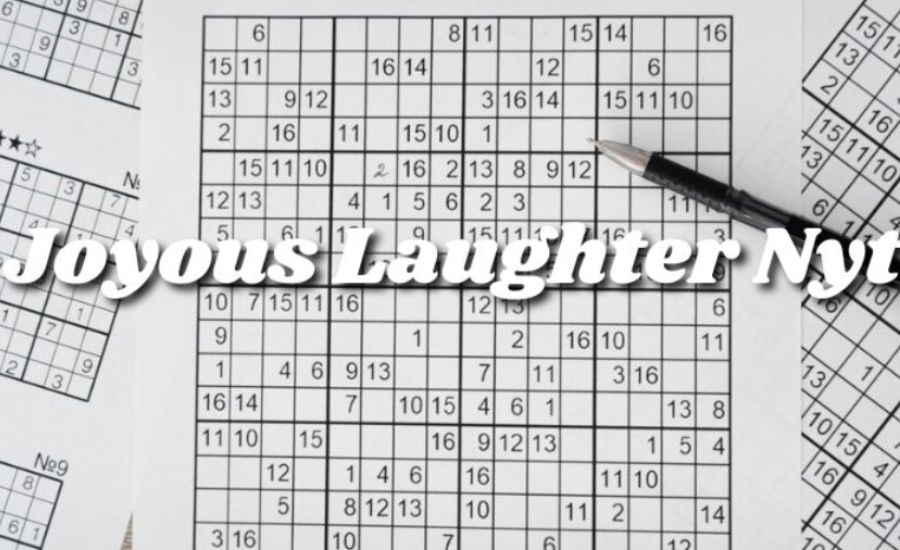
While tackling the “blissful chuckling” crossword piece of information, think about the accompanying clues:
- Equivalents for Giggling: Contemplate words like “snicker,” “laugh,” or “roar.” These terms might fit the sign and lead you toward the right response.
- Related Expressions: Investigate phrases connected with bliss and giggling, for example, “rowdy chuckle” or “cry with please.” These articulations might give pieces of information to the response.
- Pleasantry and Jokes: The NYT crossword frequently consolidates cunning wit. Search for fun loving translations of cheerful chuckling, which might uncover surprising responses.
Full List of Answers to Today’s Joyous Laughter NYT
For the present NYT crossword, the hint for “happy giggling” could prompt different responses. Normal reactions incorporate terms like “roar,” “laugh,” or “rowdy chuckle.” Each word mirrors an alternate sort of happy giggling, catching the pith of bliss in different ways.
To track down the right response, think about equivalent words and setting inside different hints in your riddle. Drawing in with each clue can make the riddle addressing experience both illuminating and charming.
The Universality of Joyous Laughter
Happy chuckling is a widespread peculiarity that rises above social and phonetic boundaries. It fills in as a typical language that interfaces individuals across various foundations and encounters. At the point when we chuckle together, we share a snapshot of joy that encourages kinship and reinforces connections. This general allure of giggling features its job as a strong social connector.
The Universal Language of Laughter
Chuckling is an all inclusive peculiarity that interfaces individuals across various societies and dialects. It is a characteristic reaction to go along with and delight, filling in as a typical language that rises above obstructions. The capacity to chuckle together makes a common encounter that encourages association and understanding.
The Science of Laughter
The logical investigation of giggling, known as gelotology, investigates what chuckling means for our bodies and brains. Research has shown that chuckling triggers the arrival of endorphins, the body’s regular happy go lucky synthetic compounds. These endorphins make a feeling of rapture and unwinding, assisting with decreasing pressure and work on by and large prosperity.
The Cultural Significance of Laughter
From the beginning of time, chuckling has held an exceptional spot in different societies, representing happiness, local area, and shared encounters. Its depiction in writing, craftsmanship, and music highlights its significance as a widespread articulation of satisfaction.
Laughter in Literature
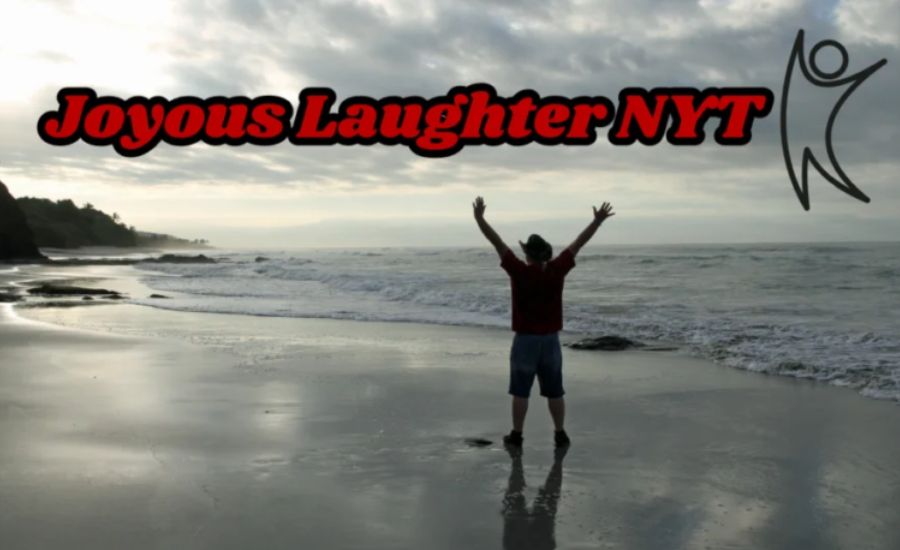
In writing, giggling frequently fills in for the purpose of uniting characters and improving story topics. From Shakespeare’s comedies to current books, giggling is portrayed as a wellspring of association and understanding. Characters who snicker together frequently structure further bonds and experience a common feeling of euphoria.
Laughter in Art
Imaginative portrayals of chuckling catch its ageless nature. Compositions, figures, and different types of visual workmanship frequently portray giggling as an image of joy and brotherhood. These portrayals praise the demonstration of snickering as well as mirror its social and profound importance.
Laughter in Music
Music has long commended the subject of happiness and chuckling. Tunes and songs that summon giggling add to the social story of bliss and festivity. The melodic portrayal of chuckling mirrors its job as an all inclusive image of delight and local area.
The Role of Laughter in Crosswords
Crossword confounds habitually include pieces of information connected with chuckling, adding a component of pleasantry and mind to the riddle tackling experience. These pieces of information frequently challenge solvers to think inventively and investigate various articulations of euphoria.
Engaging with Laughter Clues
While settling crossword puzzles with hints connected with chuckling, taking into account equivalents and related phrases is useful. Terms like “snicker,” “laugh,” and “roar” may show up as replies to comparative hints. Drawing in with these signs gives a feeling of achievement as well as upgrades our enthusiasm for the semantic and social subtleties related with giggling.
The Appeal of Laughter in Puzzles
Chuckling related hints in crosswords add a pleasant and connecting with component to the riddle tackling experience. The test of unraveling these signs and finding the right responses gives mental excitement and diversion. Furthermore, the presence of giggling in puzzles frequently mirrors its importance as an image of euphoria and association.
Facts:
- Endorphin Release: Laughter triggers the release of endorphins, which are natural mood lifters.
- Cardiovascular Health: A good laugh increases heart rate and improves blood circulation, which can be beneficial for long-term cardiovascular health.
- Immune Boost: Laughter boosts the immune system by increasing the production of antibodies and activating immune cells.
- Social Bonding: Laughing together can strengthen relationships and build a sense of belonging.
- NYT Crossword: Crossword clues related to joyous laughter might include words like “snicker,” “giggle,” or “chuckle.”
Summary:
This article explores the multifaceted benefits of joyous laughter, emphasizing its impact on mental, physical, and social well-being. Joyous laughter is presented as a universal phenomenon that transcends cultural and linguistic boundaries, acting as a powerful connector among people. The piece delves into the mental health benefits, such as stress reduction and improved emotional resilience, as well as physical benefits like enhanced cardiovascular health and immune function. Additionally, it examines how the concept of joyous laughter is reflected in the New York Times (NYT) crossword puzzles, highlighting the interplay between humor and puzzle-solving.
Key Points:
- Mental Benefits: Joyous laughter releases endorphins, reducing stress and anxiety while enhancing emotional resilience.
- Physical Benefits: Laughter acts as a mini workout, improves cardiovascular health, and boosts immune system function.
- Social Benefits: Shared laughter strengthens social bonds and fosters a sense of community.
- NYT Crossword Connection: The NYT crossword often features clues related to joyous laughter, reflecting its cultural and emotional significance.
FAQs:
1. What are the mental health benefits of joyous laughter?
Joyous laughter boosts endorphin levels, reducing stress and anxiety while promoting a positive mood. It also enhances emotional resilience, helping individuals cope better with life’s challenges.
2. How does laughter impact physical health?
Laughter acts as a mini workout, engaging various muscle groups and improving blood flow. It contributes to cardiovascular health and strengthens the immune system by increasing antibody production and activating immune cells.
3. Why is joyous laughter important for social connections?
Shared laughter strengthens social bonds and fosters a sense of community. It helps build relationships and creates memorable, joyful experiences with others.
4. How is joyous laughter represented in NYT crossword puzzles?
The NYT crossword often features clues related to joyous laughter, using terms like “snicker,” “giggle,” or “chuckle” to engage solvers with the concept of humor and joy.
5. What strategies can help solve crossword clues about joyous laughter?
Consider synonyms and related phrases for laughter, such as “roar,” “laugh,” or “hearty chuckle.” Look for playful or witty clues that might hint at various expressions of joy.
Read More Information About Game At Latestrular


